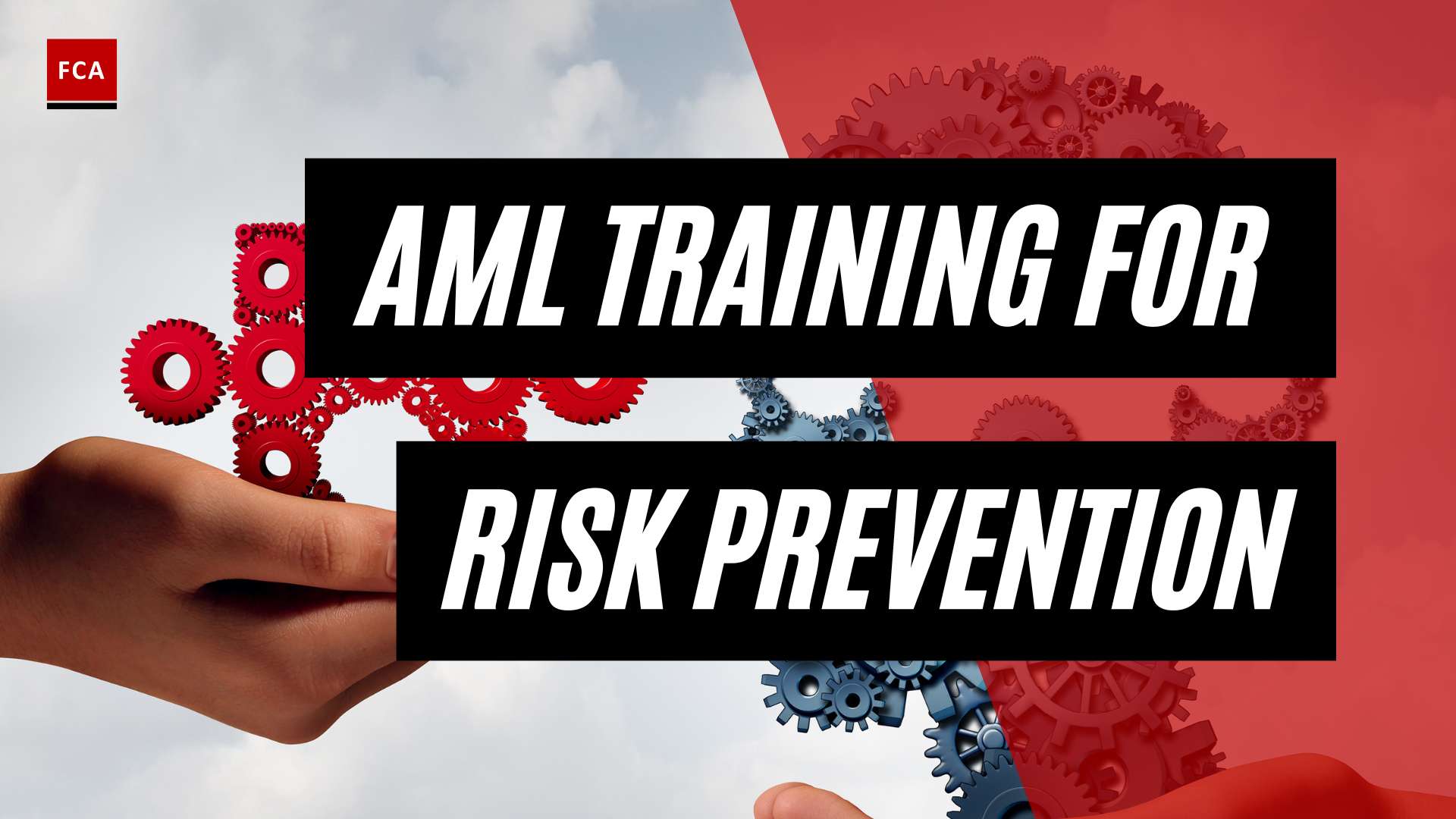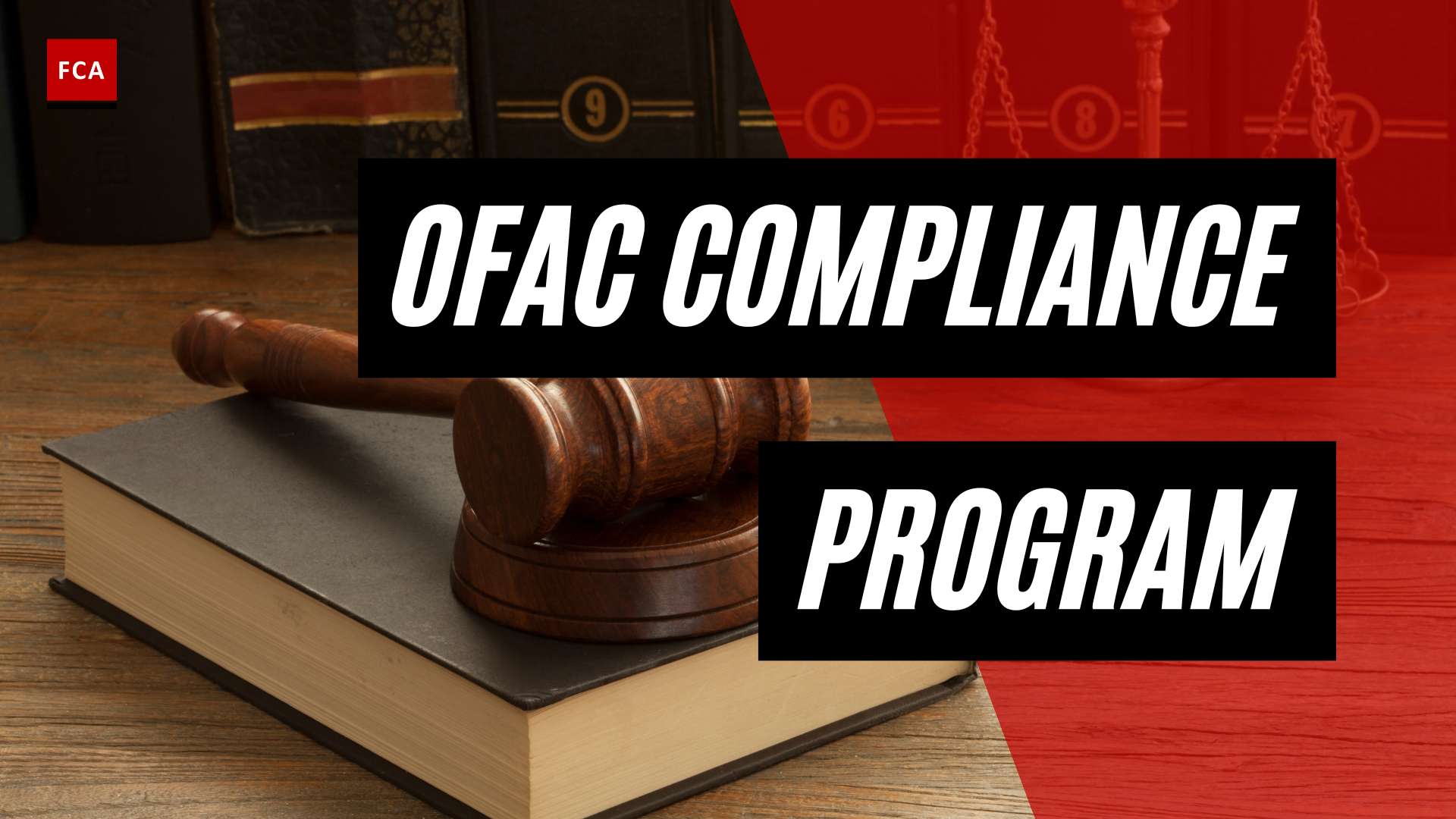AML Training for Banking Professionals
In the ever-evolving landscape of financial crime prevention, providing adequate AML training for banking professionals is crucial. This training equips professionals with the knowledge and skills necessary to identify and prevent money laundering activities. Let’s explore the importance of AML training and the key components of AML compliance programs.
Importance of AML Training
Banking professionals who undergo AML training have a better understanding of money laundering risks and the red flags associated with illicit financial activities. This knowledge enables them to identify suspicious transactions and take appropriate action to protect their institutions and the financial system as a whole. By promoting a culture of compliance, AML training helps establish a strong defense against financial crimes.
Failure to provide adequate AML training can have serious consequences for financial institutions. These may include hefty fines, reputational damage, loss of customer trust, legal sanctions, and even the revocation of banking licenses by regulatory bodies. Therefore, investing in comprehensive AML education is essential to ensure compliance with regulations and safeguard the institution’s reputation and financial integrity.
Key Components of AML Compliance Programs
AML compliance programs play a critical role in preventing financial crimes, as required globally for banks, fintechs, and other financial institutions. These programs are designed to detect and report suspicious activities related to money laundering, tax evasion, fraud, and terrorist financing to the appropriate authorities. They focus on the effectiveness of internal detection systems, customer risk assessments, and a culture of compliance throughout the organization (Flagright).
Key components of AML compliance programs include:
- Detection of Suspicious Activities: Financial institutions must have robust systems and processes in place to detect and investigate potentially suspicious transactions. This involves implementing transaction monitoring systems, conducting periodic reviews, and maintaining comprehensive records.
- Comprehensive Policies and Procedures: AML compliance programs should include well-defined policies and procedures that outline the institution’s commitment to preventing money laundering. These policies should cover customer due diligence, risk assessments, enhanced due diligence for high-risk customers, and reporting suspicious activities.
- Risk Assessments: Financial institutions must regularly assess and update their risk profiles to identify areas of vulnerability. This includes evaluating the risk associated with specific customers, products, services, and geographic locations.
- Internal Practices: AML compliance programs should establish clear guidelines for internal practices, including segregation of duties, reporting lines, and escalation procedures. These practices help ensure that employees are aware of their responsibilities and adhere to compliance standards.
- Know Your Customer (KYC) Program: Effective KYC procedures are essential for verifying the identity of customers and assessing their risk levels. This includes conducting customer due diligence, ongoing monitoring, and maintaining up-to-date customer records.
- Independent Audits: Regular independent audits help evaluate the effectiveness of an institution’s AML compliance program. These audits provide an opportunity to identify weaknesses, implement corrective measures, and ensure ongoing compliance.
- Continuous Monitoring: Financial institutions should continuously monitor customer accounts and transactions for suspicious activities. This involves setting up automated systems and conducting manual reviews when necessary.
- AML Training for Employees: A core component of AML compliance programs is providing training to employees. Training should cover topics such as understanding money laundering, regulatory expectations, customer due diligence, and transaction monitoring. By ensuring that employees receive regular and targeted AML training, institutions can enhance their overall compliance culture and mitigate the risks of financial crime.
By implementing comprehensive AML compliance programs and providing targeted AML training for banking professionals, financial institutions can effectively combat money laundering and other financial crimes. These programs not only assist institutions in meeting regulatory requirements but also contribute to the organization’s reputation and integrity in the financial industry.
AML Training Programs
To equip banking professionals with the necessary knowledge and skills to combat money laundering and strengthen anti-money laundering (AML) compliance efforts, various AML training programs are available. These programs provide comprehensive education on AML practices and regulations, empowering professionals to effectively identify and prevent financial crimes.
AML Foundations Certification
The AML Foundations Certification, offered by the Financial Crime Academy (FCA), is a widely recognized certification program for banking professionals. This certification equips professionals with the knowledge needed to mitigate financial crime risks and strengthen AML compliance efforts within their institutions. The program covers essential AML topics such as money laundering methods, regulatory frameworks, risk assessment, and reporting obligations. Attaining this certification demonstrates a commitment to professionalism and proficiency in AML practices.
Financial Crime Academy AML Training
The Financial Crime Academy offers comprehensive AML training and certification programs designed specifically for financial professionals. These programs aim to enhance skills and knowledge in anti-money laundering practices, enabling professionals to effectively combat financial crimes. The academy provides courses such as the Certified Anti Money Laundering Professional (CAMP), Certified Audit and Investigations Professional (CAIP) and the Certified Anti-Financial Crime Professional (CFCP), which cover a wide range of topics including risk management, compliance, and investigation techniques (Financial Crime Academy). The Financial Crime Academy’s AML training programs are recognized globally and are ideal for professionals in the banking sector who are looking to enhance their expertise, credibility, and career prospects in the field of financial crime prevention and compliance.
Topics Covered in AML Training
AML training for banking professionals covers a wide range of topics to ensure a comprehensive understanding of anti-money laundering measures and regulatory requirements. By equipping professionals with the necessary knowledge and skills, organizations can effectively combat financial crimes and protect the integrity of the financial system. The key topics covered in AML training include:
Understanding Money Laundering
A fundamental aspect of AML training is developing an understanding of money laundering and its various stages. This includes recognizing the techniques used by criminals to disguise the origins of illicit funds and integrate them into the legitimate financial system. By learning about the methods employed in money laundering, banking professionals can better identify suspicious activities and take appropriate actions to prevent such activities from occurring.
Regulatory Expectations and Global AML Standards
AML training emphasizes the importance of complying with regulatory expectations and global AML standards. Professionals learn about the regulatory frameworks established by organizations such as the Bank Secrecy Act (BSA) in the United States and EU directives (Flagright). They gain insights into the requirements set forth by regulatory bodies such as the Financial Crimes Enforcement Network (FinCEN) and the Office of Foreign Assets Control (OFAC) (CBIZ). This knowledge enables them to implement effective AML measures and ensure compliance with relevant regulations.
Customer Due Diligence and Know Your Customer (KYC)
Customer due diligence (CDD) and Know Your Customer (KYC) procedures are critical components of AML compliance programs. AML training provides guidance on conducting thorough customer due diligence, including verifying the identity of customers, assessing their risk profiles, and understanding the nature of their transactions. Professionals learn how to identify red flags and perform enhanced due diligence (EDD) when necessary. By acquiring these skills, banking professionals can mitigate the risk of potential money laundering activities and maintain a strong compliance culture within their organizations.
Transaction Monitoring and Suspicious Activity Reporting (SAR)
Transaction monitoring and suspicious activity reporting (SAR) are key responsibilities of banking professionals in the AML domain. AML training equips professionals with the knowledge and tools to effectively monitor transactions, identify patterns, and detect potentially suspicious activities. They learn about the importance of promptly reporting suspicious transactions to the appropriate authorities, enabling law enforcement agencies to take necessary actions (PRMIA). By understanding the intricacies of transaction monitoring and SAR, professionals can contribute to the prevention and detection of money laundering activities.
By covering these essential topics in AML training, banking professionals gain a comprehensive understanding of anti-money laundering measures and their role in preventing financial crimes. This knowledge enables them to effectively implement AML compliance programs, protect their organizations from reputational and financial risks, and contribute to the overall integrity of the financial system.
Benefits of AML Training
AML training for banking professionals offers several benefits that contribute to the effective prevention and detection of financial crimes. By acquiring the necessary knowledge and skills, professionals can enhance their abilities in combating money laundering and staying compliant with regulatory requirements.
Enhancing AML Knowledge and Skills
AML training equips banking professionals with a deep understanding of anti-money laundering practices, regulations, and techniques. Through comprehensive training programs, professionals gain knowledge about the intricacies of money laundering schemes, red flags, and transaction monitoring. This knowledge enhances their ability to identify suspicious activities and report them to the appropriate authorities.
By staying updated on the latest AML regulations and best practices, professionals can develop the skills necessary to implement robust compliance programs within financial institutions. This includes conducting thorough customer due diligence, implementing effective transaction monitoring systems, and ensuring compliance with know your customer (KYC) requirements.
Staying Updated with Evolving Financial Crime Trends
The field of financial crime is constantly evolving, with new money laundering techniques and emerging threats. AML training helps banking professionals stay updated with these evolving trends. By understanding the latest typologies and modus operandi of money launderers, professionals can adapt their strategies and detection methods accordingly.
Continuous training ensures that professionals remain knowledgeable about emerging risks and regulatory changes. This enables them to proactively respond to new threats and implement necessary measures to prevent financial crimes. Staying ahead of the curve is crucial in the fight against money laundering and other illicit activities.
Advancing Career Prospects in Financial Crime Prevention
Completing AML training and certification programs demonstrates a commitment to professional development and expertise in anti-money laundering practices. This specialization can open doors to career advancement opportunities for banking professionals.
Financial institutions place high value on employees with specialized knowledge in AML practices. These professionals play a vital role in mitigating financial crime risks and ensuring compliance with regulatory requirements. By investing in AML training, professionals enhance their professional credibility and increase their chances of career progression within the financial crime prevention field.
Moreover, regulatory bodies and industry associations recognize the importance of AML training. Certification programs, such as the Financial Crime Academy AML training, validate professionals’ expertise and enhance their marketability in the industry.
By investing in AML training, banking professionals not only contribute to the overall safety and integrity of the financial system but also bolster their own career prospects in the field of financial crime prevention.
To tailor AML training specifically to different roles and responsibilities, it is important to understand the importance of role-specific training, the frequency and content based on risk exposure, as well as incorporating real-life scenarios and trigger points for training. These aspects will be explored in the next section.
Tailoring AML Training for Specific Roles
When it comes to AML training for banking professionals, it is essential to recognize the importance of role-specific training. Each individual involved in anti-money laundering processes, whether they are reception staff, solicitors, managers, or compliance officers, plays a crucial part in AML compliance (Jonathon Bray).
Importance of Role-Specific AML Training
Tailoring AML training to reflect the position and responsibilities of each individual is vital for effective AML compliance. Role-specific training ensures that banking professionals understand their specific obligations, the risks associated with their roles, and the appropriate actions to take to mitigate those risks.
By providing training that addresses the unique challenges and requirements of different roles, banking professionals can develop a deeper understanding of their responsibilities, enhancing their ability to identify and report suspicious activities effectively.
Training Frequency and Content Based on Risk Exposure
The frequency and content of AML training should be dictated by the risk exposure of the institution. Conducting a Firm Wide Risk Assessment is crucial in identifying the training needs specific to each firm (Jonathon Bray).
Higher-risk firms, such as those operating in sectors prone to money laundering, may require more frequent and in-depth training sessions. These firms may conduct auditable AML training annually, with additional reminders and briefings throughout the year to reinforce the training.
On the other hand, lower-risk firms may need less regular formal training, with traditional recommendations suggesting training every two years for some institutions.
It is important to note that risk exposure can change over time. Therefore, regular review and reassessment of training needs based on evolving risks and regulatory requirements is essential to ensure ongoing compliance and effectiveness.
Real-Life Scenarios and Trigger Points for Training
To enhance the effectiveness of AML training for banking professionals, real-life scenarios and trigger points should be incorporated into the training programs. Real-life risks, such as ongoing issues with Source of Funds inquiries or challenges encountered in making suspicious activity reports, should be used as training priorities. This approach ensures that the team is equipped to handle such scenarios effectively (Jonathon Bray).
Additionally, certain trigger points should prompt a review of existing training content. These trigger points may include new staff induction, significant changes to the AML regime, or internal policies of the institution. By regularly reviewing and updating training content, banking professionals can stay abreast of the latest regulations and best practices.
By tailoring AML training for specific roles within the banking industry, institutions can provide targeted and effective training programs. This approach ensures that banking professionals have the knowledge and skills necessary to fulfill their AML compliance responsibilities and contribute to the overall effectiveness of the institution’s anti-money laundering efforts.









